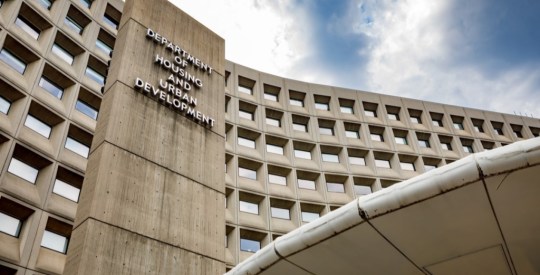Troubled financial institutions at times ought to be allowed to fail and their operations sold off, said Thomas Hoenig, president and CEO of the Federal Reserve Bank of Kansas City, in a speech Friday in Omaha, Neb. “We understandably would prefer not to ‘nationalize’ these businesses, but in reacting as we are, we nevertheless are drifting into a situation where institutions are being nationalized piecemeal with no resolution of the crisis,” he said. And Treasury Department actions to invest billions of Troubled Asset Relief Program dollars into these institutions have “added to market uncertainty.” As a result, “investors are understandably watching to see which institutions will receive public money and survive as wards of the state,” Hoenig said. “If institutions — no matter what their size — have lost market confidence and can’t survive on their own, we must be willing to write down their losses, bring in capable management, sell off and reorganize misaligned activities and businesses and begin the process of restoring them to private ownership,” he said. He encouraged the sell-off of “manageable pieces” of failed institutions that became to large or complex to manage. He also drew on the example of Swedish “bad banks” that absorbed problem assets, promoted transparent banking operations, restored confidence and limited taxpayer loss. Read his speech. Senate Republicans have been especially vocal critics of the bank rescues in recent months. “Close them down, get them out of business. If they’re dead, they ought to be buried,” Sen. Richard Shelby, R-Ala., said in an ABC interview, according to a MarketWatch bulletin. “We bury the small banks. We’ve got to bury some big ones and send a strong message to the market,” Instead, the Treasury propped up both large and small banks and has come under criticism for its massive bailouts of American International Group Inc. (AIG) and Citigroup Inc. (C) which together have received on the order of $95 billion through the TARP. Both institutions, despite capital purchases, targeted investments, asset guarantees and systemic significant failing institution infusions, have still required restructuring plans and possible future Treasury investments. “I don’t think they made the hard decision and that is to let these banks fail,” Sen. John McCain, R-Ariz., said in a Fox News Sunday interview of such institutions, according to MarketWatch. Eating cake, at the FDIC’s expense It’s unclear now what sort of effect a massive wave of failed institutions would have on the Federal Deposit Insurance Corp., which has already seen its deposit insurance fund strained by 17 bank failures this year. Ten bank closings in February were estimated to be a drain of some $944.3 million on the FDIC’s deposit insurance fund, while another six closings in January cost the fund at least $789.1, according to FDIC estimates. All told, the fund is out some $1.77 billion so far this year. Critics have said for months that the FDIC’s deposit insurance fund just wasn’t large enough to manage all the expected bank failures expected over the coming months and years — and it seems they were right on the money. Senate Banking Committee Chairman Christopher Dodd, as of Friday, is moving to allow the FDIC to temporarily borrow up to $500 billion from the Treasury, after key officials, including Bair, made subtle cries for help. The FDIC’s current line of credit with the Treasury is $30 billion. Write to Diana Golobay at [email protected]. Disclosure: The author held no relevant investment positions when this story was published. Indirect holdings may exist via mutual fund investments. HW reporters and writers follow a strict disclosure policy, the first in the mortgage trade.
Fed’s Hoenig: Allow Institutions to Fail
Most Popular Articles
Latest Articles
New HUD rule aims to increase lender participation in tribal housing program
HUD says the new rule is designed to increase and streamline Native American borrowers’ access to homeownership.



